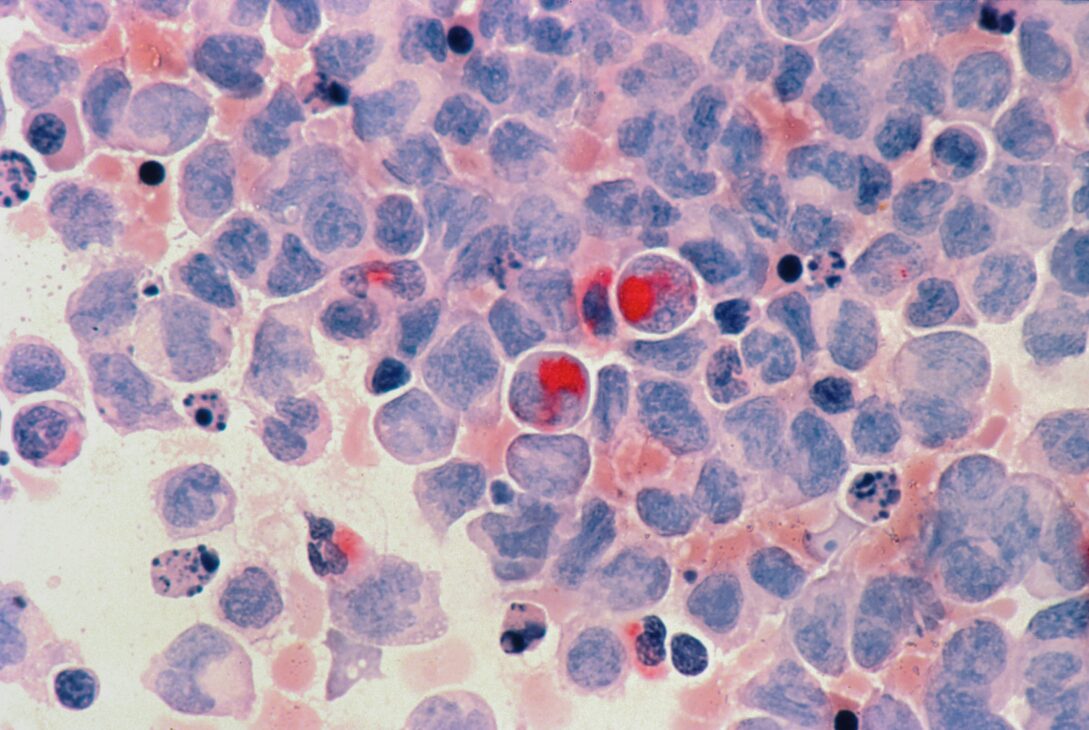Mantle cell lymphoma (MCL), a type of non-Hodgkin’s lymphoma, presents several challenges in terms of both treatments and cure, primarily due to its aggressive nature, tendency to be diagnosed at later stages, tissue infiltration, genetic complexity, and frequency of relapse. Many people will not experience symptoms—such as appetite loss, persistent swollen lymph nodes, nausea and vomiting, unexplained weight loss, and an enlarged liver or spleen—until their cancer has progressed.
Further, compared to other forms of lymphoma, the options for mantle cell lymphoma remain limited; chemotherapy is often used for initial treatments but may not provide durable responses in all patients, and patients may develop resistance against targeted therapies over time.
Ongoing research efforts aim to elucidate the underlying biology of MCL and identify potential therapeutic targets. In fact, recently released data from the Phase 3 ECHO study highlights some of these research advancements. Russ Conroy reports in Cancer Network that the study, which explored a combination treatment of acalabrutinib (Calquence) and bendamustine and rituximab (Rituxan), highlighted how this combination therapy improved progression-free survival in adults with previously untreated mantle cell lymphoma.
What the ECHO Study Told Us About Mantle Cell Lymphoma Treatment
598 participants enrolled in the Phase 3 ECHO study, which sought to explore how effective the combination treatment was in improving progression-free survival when compared to the current treatment standards-of-care. Progression-free survival refers to how long someone lives with their disease or cancer following treatment without the disease getting worse.
The study also found that the combination treatment was safe and well-tolerated, with no newly observed safety signals. Additionally, the data suggests that Calquence and Rituxan could improve overall survival. However, the data is still considered “immature” and more analysis is needed before researchers can make any definitive statement about overall survival.
Moving forward, the researchers hope to share additional data from the trial and perhaps get to a point where this combination treatment could be offered as a first-line treatment in the clinical setting, ideally contributing to better outcomes for those living with mantle cell lymphoma.
Editor’s Note: Get Involved
Cancer doesn’t discriminate. Patient Worthy and its partners are interested in amplifying the voices of those from all identities and backgrounds. If you have a cancer journey to share, reach out here to learn more about how your voice can help spread awareness and inspire individuals from all walks of life.
Calquence clinical trial mantle cell lymphoma medical research oncology Rituxan
Last modified: January 22, 2025











